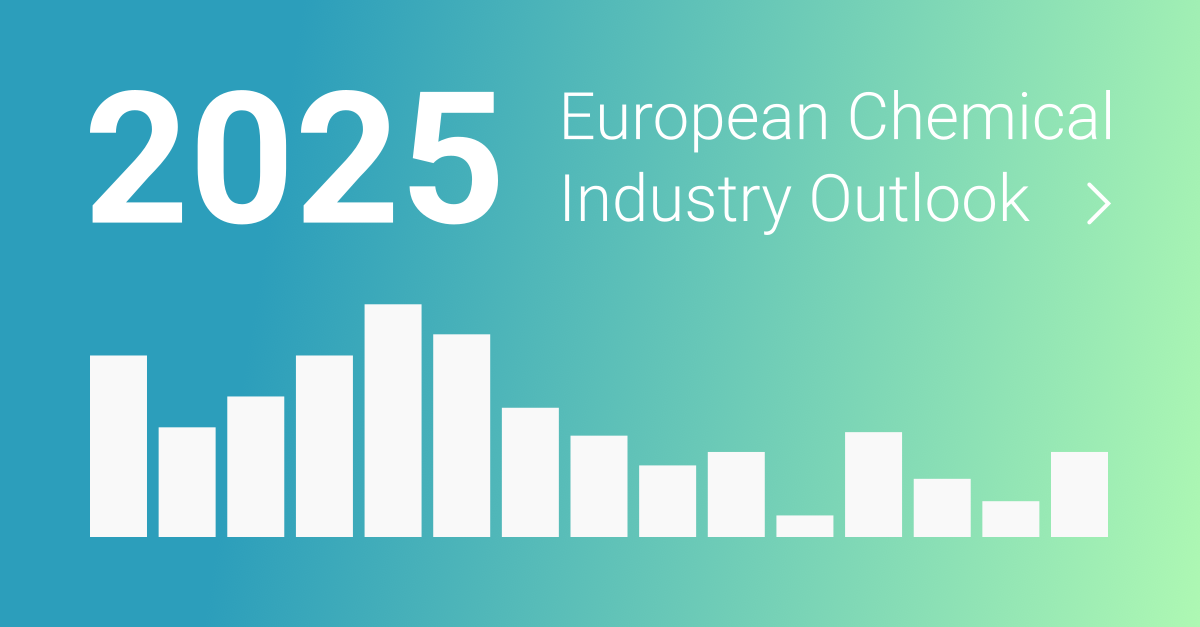- LANXESS invested EUR 12 million to convert the Geleen EPDM line to ACE technology.
- The new EPT 3 line has a capacity of 95,000 metric tons per year.
- The ACE process reduces energy consumption and eliminates catalyst waste.
- The Changzhou plant in China will adopt ACE technology in 2015 with a capacity of 160,000 metric tons per year.

Investment and Conversion
LANXESS has invested approximately EUR 12 million to convert the largest production line for Keltan-branded EPDM synthetic rubber at its Geleen site in the Netherlands to ACE technology. The conversion was completed on time and within budget.
Production Capacity
The new EPT 3 line has a capacity of 95,000 metric tons per year, which is more than half of the plant's total capacity of 180,000 metric tons annually. This makes it the world’s largest EPDM plant.
ACE Technology Benefits
The ACE process uses highly active catalysts to produce a broad range of high-quality EPM and EPDM grades with consistent quality, free of chlorine, and high purity. It also consumes less energy and eliminates catalyst waste, making a deashing step unnecessary.
Product Applications
EPDM is primarily used in the automotive industry for door sealants and coolant hoses, with approximately seven kilograms used per car. It is also utilized in plastics modification, cable and wire, construction, and oil additives industries due to its low density, heat resistance, and good electrical insulation properties.
Future Plans
The ACE technology will be implemented at LANXESS' Changzhou plant in Jiangsu Province, China, starting in 2015. The plant will have a capacity of 160,000 metric tons per year and represents an investment of EUR 235 million, the largest capital expenditure project by the company in China to date.
